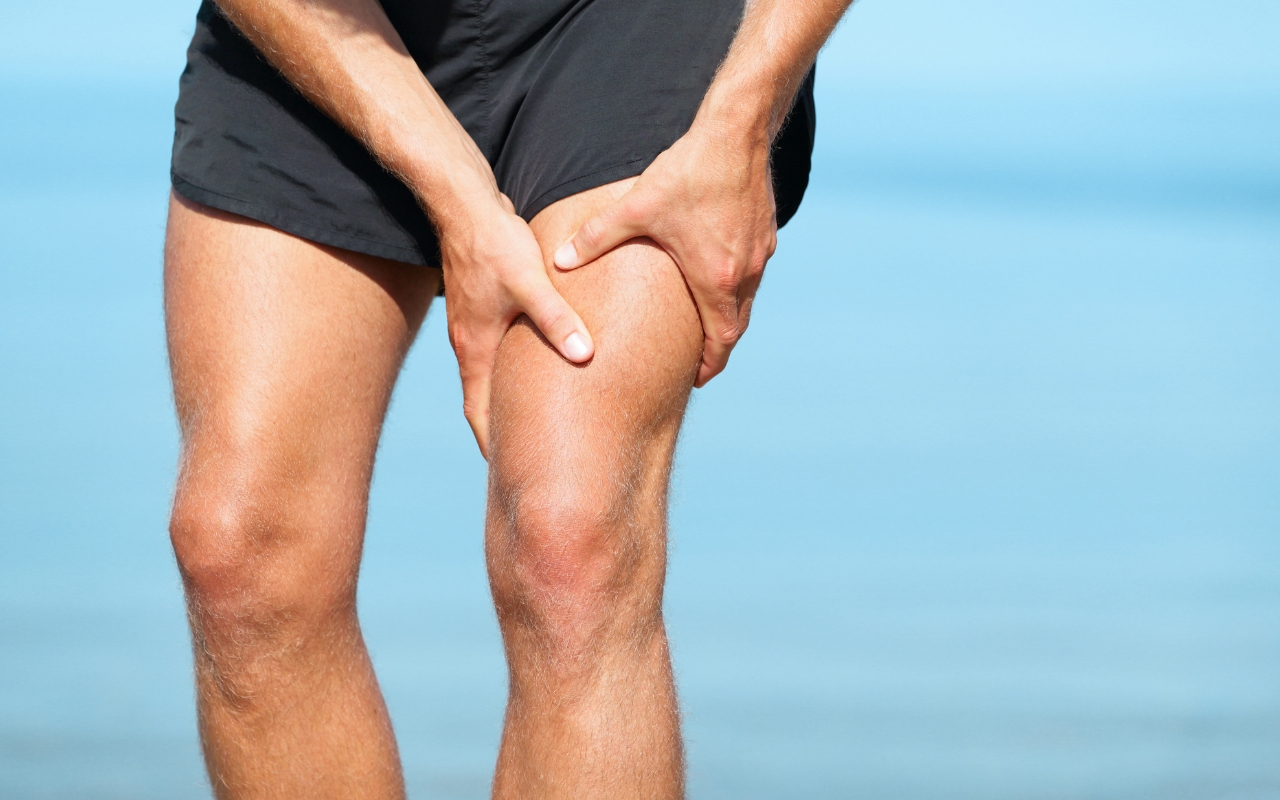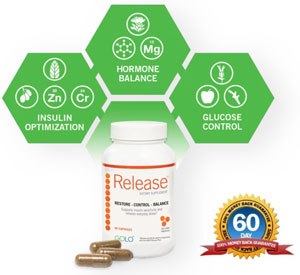Health
How can I reduce soreness after workouts?
Published
2 years agoon
By
mbkteam
Muscle soreness after an intense workout is a common experience for many fitness enthusiasts and athletes. This phenomenon, known as Delayed Onset Muscle Soreness (DOMS), typically starts a day or two after exercising. While it signifies that your muscles are adapting and strengthening, the discomfort can be quite a deterrent for continuing your fitness journey. Fortunately, several effective strategies to manage and reduce muscle soreness allow you to maintain a consistent and effective exercise regimen.
Understanding Muscle Soreness
Muscle soreness is generally categorized into acute and Delayed-Onset Muscle Soreness (DOMS). Acute muscle soreness occurs during or immediately after exercise, primarily due to the accumulation of metabolites from intense activity. This type of soreness usually dissipates quickly once the exercise stops. On the other hand, DOMS manifests 12 to 24 hours post-exercise, peaking around 48 hours, and is associated with microscopic damage to muscle fibers.
DOMS is characterized by tenderness, stiffness, swelling, and a reduced range of motion. While the exact cause of DOMS is not fully understood, it is widely believed to result from inflammation triggered by microtears in muscle fibers. Understanding this natural response is crucial for managing and alleviating soreness effectively.
Effective Strategies to Alleviate Muscle Soreness
1. Active Cooldown
An active cooldown involves continuing with low-intensity exercise after a workout. This helps facilitate better blood flow, which aids in the removal of metabolic byproducts like lactate that contribute to muscle soreness. According to a 2018 study, runners who engaged in active recovery by reducing their activity intensity by 50% could perform three times longer during their subsequent run compared to those who rested utterly. This improvement is attributed to enhanced circulation and faster removal of waste products from the muscles.
2. Hydration
Staying well-hydrated before, during, and after workouts is essential for muscle recovery. Water supports numerous bodily functions, including nutrient transportation and waste removal. Dehydration can slow down muscle recovery processes, making it crucial to maintain adequate fluid intake. The American Council on Exercise recommends drinking 17 to 20 ounces of water two to three hours before exercising and another eight ounces 20 to 30 minutes before the workout.
3. Nutrition: Proteins and Antioxidants
Proper nutrition plays a pivotal role in muscle recovery. Consuming protein within 24 hours post-workout can significantly aid muscle repair and function recovery. A study in 2017 highlighted that integrating protein into your post-exercise meal helps restore muscle function, especially after workouts involving eccentric contractions. Additionally, combining protein with antioxidants, such as those found in pomegranates and kale, can further enhance recovery by reducing inflammation and oxidative stress.
4. Massage Therapy
Massages are a popular and effective method for alleviating muscle soreness. Research from 2012 indicates that post-exercise massages significantly reduce pain by decreasing the release of inflammatory cytokines. They also promote mitochondrial function, aiding cell repair and overall recovery. Regular massages or a massage gun can stimulate blood flow and reduce muscle tightness, making them a valuable addition to your post-workout routine.
5. Tart Cherry Juice
Tart cherry juice is renowned for its high antioxidant and anti-inflammatory content. A 2020 study found that long-distance runners who consumed tart cherry juice for eight days reported less muscle pain than those who didn’t. The anti-inflammatory properties of tart cherries help mitigate muscle soreness, making it a beneficial supplement for post-exercise recovery. However, be mindful of the sugar content in tart cherry juice or its extracts.
6. Heat and Cold Therapies
Both heat and cold therapies have their merits in muscle recovery. Applying heat immediately after a workout can enhance circulation and reduce muscle stiffness. Conversely, cold therapy, such as ice packs or cold-water immersion, is beneficial for pain relief and reducing inflammation. A study revealed that those who used either heat or cold therapy post-exercise experienced only a 4% loss in muscle strength, compared to a 24% loss in those who did not use any therapy.
7. Continued Movement
It might seem counterintuitive, but continuing to move can help alleviate DOMS. Light activities such as walking or gentle stretching increase blood flow to the muscles, delivering essential nutrients and oxygen needed for recovery. Movement helps reduce stiffness and pain, promoting faster recovery. Remember, “motion is lotion” aptly describes the importance of continued gentle movement in muscle recovery.
8. Adequate Sleep
Sleep is a critical component of muscle recovery. During sleep, the body goes into repair mode, fixing damaged tissues and regenerating cells. Inadequate sleep can impair these processes, prolonging muscle soreness and recovery times. Aim for at least seven to nine hours of quality sleep each night to ensure your body has ample time to repair and rejuvenate.
Prevention Strategies for Muscle Soreness
While managing muscle soreness is important, prevention is equally crucial. Incorporating the following strategies can help minimize the onset of DOMS:
1. Gradual Intensity Increase
When starting a new exercise regimen or increasing the intensity of your workouts, it's essential to do so gradually. This allows your muscles to adapt to new stress levels without experiencing severe microtears that lead to significant soreness. Incrementally increasing the intensity and duration of your workouts can help prevent DOMS.
2. Warm-Up Routines
Warming up before engaging in intense physical activity prepares your muscles for the workout. A good warm-up increases blood flow, raises muscle temperature, and enhances flexibility, reducing the risk of injury and soreness. As part of your warm-up routine, spend 10 minutes on dynamic stretches and light aerobic exercises.
3. Proper Technique
Ensuring proper exercise technique is vital for preventing muscle strain and injury. Poor form can place undue stress on muscles and joints, increasing soreness and potential injuries. If unsure about your form, consider working with a fitness professional to learn the correct techniques.
4. Stretching Post-Workout
Incorporate static stretching into your post-workout routine. Stretching helps maintain flexibility and reduce muscle tension, aiding in preventing DOMS. Focus on holding each stretch for at least 30 seconds, ensuring you target all major muscle groups used during your workout.
Long-Term Benefits of Managing and Preventing Muscle Soreness
Managing and preventing muscle soreness can significantly improve your fitness and overall well-being. Consistently applying these strategies can lead to the following:
1. Improved Performance
Reducing muscle soreness allows for more consistent and effective workouts. This consistency translates to improved performance and faster achievement of fitness goals. You can maintain a regular exercise schedule by minimizing downtime due to soreness, promoting better overall fitness levels.
2. Enhanced Recovery
Proper muscle soreness management ensures faster recovery times, enabling you to engage in your next workout with optimal energy and strength. Enhanced recovery is crucial for athletes and fitness enthusiasts who follow rigorous training schedules.
3. Reduced Risk of Injury
Preventing severe muscle soreness reduces the risk of overuse injuries and muscle strains. When muscles are less sore and more flexible, they are less prone to injuries, ensuring long-term exercise sustainability.
4. Greater Motivation
Experiencing less post-exercise pain can boost your motivation to continue working out. When you know how to manage and prevent muscle soreness, exercising becomes a more enjoyable and rewarding experience, encouraging you to stay committed to your fitness journey.
Conclusion
Muscle soreness after a workout, though a sign of progress, can be quite discomforting. Understanding the nature of DOMS and implementing effective strategies to manage and prevent it can significantly enhance your fitness experience. Active cooldowns, proper hydration, balanced nutrition, massage therapy, and adequate sleep are a few methods to help alleviate muscle soreness. Additionally, adopting preventive measures like gradual intensity increases, warming up, proper technique, and stretching can minimize the occurrence of DOMS, allowing for sustained and enjoyable physical activity.
Incorporating these practices into your fitness regimen will reduce muscle soreness, improve overall performance, enhance recovery, reduce injury risk, and boost motivation. Remember, the fitness journey is a marathon, not a sprint. You can enjoy a pain-free and rewarding path to achieving your fitness goals with the right approach.
For more detailed information on managing muscle soreness, visit Men's Health and Healthline.













